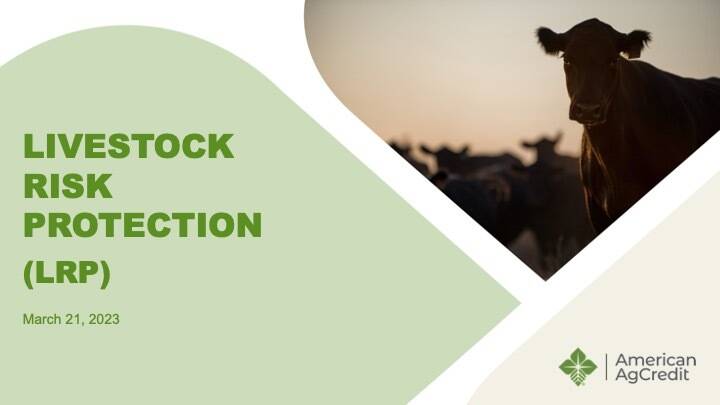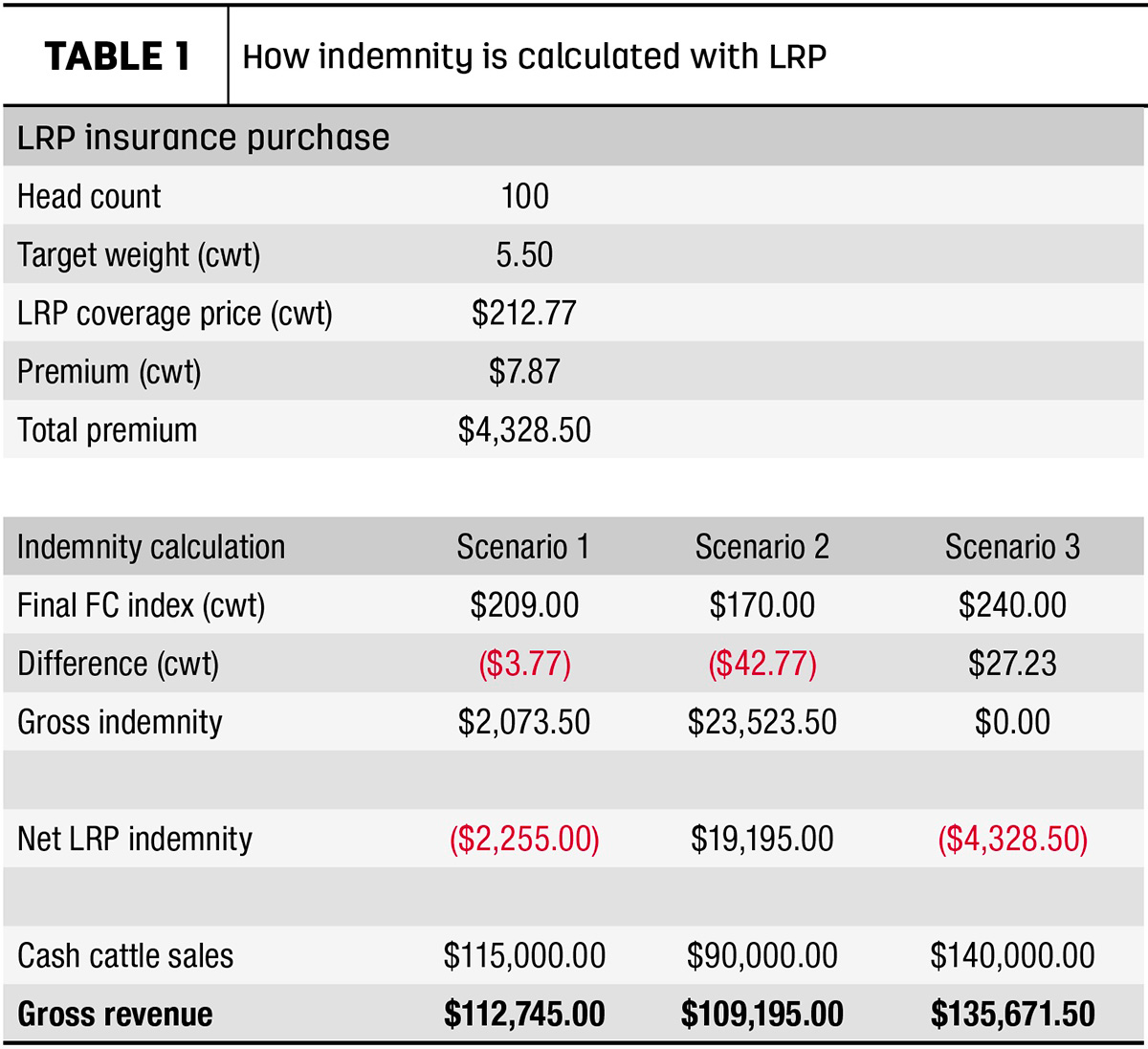Proactive Security: Bagley Risk Management Strategies
Proactive Security: Bagley Risk Management Strategies
Blog Article
Recognizing Livestock Danger Defense (LRP) Insurance Policy: A Comprehensive Overview
Navigating the realm of livestock danger protection (LRP) insurance can be a complicated venture for lots of in the agricultural field. From just how LRP insurance works to the numerous insurance coverage choices available, there is much to uncover in this comprehensive guide that might potentially form the means livestock manufacturers come close to risk administration in their organizations.

How LRP Insurance Functions
Periodically, comprehending the auto mechanics of Livestock Threat Protection (LRP) insurance coverage can be complex, however damaging down just how it functions can provide quality for farmers and breeders. LRP insurance policy is a danger monitoring tool designed to secure livestock manufacturers against unexpected rate decreases. The plan enables manufacturers to set a coverage degree based upon their particular needs, selecting the number of head, weight variety, and coverage price. Once the plan remains in place, if market costs drop listed below the coverage cost, manufacturers can sue for the difference. It's crucial to keep in mind that LRP insurance is not a profits assurance; instead, it focuses only on cost danger security. The protection period usually ranges from 13 to 52 weeks, supplying versatility for producers to pick a duration that straightens with their production cycle. By utilizing LRP insurance policy, farmers and ranchers can reduce the economic risks linked with fluctuating market value, ensuring better stability in their operations.
Eligibility and Coverage Options

When it comes to protection choices, LRP insurance provides manufacturers the adaptability to pick the insurance coverage degree, coverage period, and endorsements that finest fit their threat monitoring demands. By recognizing the qualification requirements and insurance coverage alternatives readily available, livestock manufacturers can make educated choices to manage danger successfully.
Benefits And Drawbacks of LRP Insurance
When evaluating Animals Threat Protection (LRP) insurance, it is essential for livestock manufacturers to evaluate the negative aspects and benefits intrinsic in this danger administration tool.

One of the main benefits of LRP insurance coverage is its capacity to offer defense versus a decrease in animals costs. In addition, LRP insurance coverage uses a level of flexibility, enabling producers to customize protection levels and policy durations to fit their certain demands.
However, there are also some drawbacks to consider. One constraint of LRP insurance is that it does not protect against all kinds of threats, such as disease outbreaks or natural disasters. Additionally, costs can often be expensive, particularly for manufacturers with big livestock herds. It is crucial for producers to thoroughly evaluate their individual risk exposure and monetary circumstance to establish if LRP insurance is the best threat monitoring tool for their procedure.
Comprehending LRP Insurance Policy Premiums

Tips for Making Best Use Of LRP Advantages
Making best use of the benefits of Animals Danger Defense (LRP) insurance coverage requires critical planning and aggressive danger management - Bagley Risk Management. To take advantage of your LRP insurance coverage, think about the complying with suggestions:
On A Regular Basis Assess Market Conditions: Keep notified regarding market fads and rate variations in the animals sector. By keeping track of these factors, you can make informed choices concerning when to purchase LRP coverage to secure against potential losses.
Set Realistic Coverage Degrees: When picking insurance coverage degrees, consider your manufacturing expenses, market price of livestock, and potential threats - Bagley Risk Management. Establishing reasonable insurance coverage levels guarantees that you try these out are appropriately secured without overpaying for unneeded insurance coverage
Expand Your Protection: Rather of depending exclusively on LRP insurance policy, consider diversifying your threat administration Get More Information techniques. Incorporating LRP with other threat monitoring devices such as futures contracts or alternatives can supply comprehensive coverage versus market unpredictabilities.
Evaluation and Change Coverage Consistently: As market problems alter, periodically review your LRP insurance coverage to ensure it straightens with your present risk direct exposure. Changing coverage degrees and timing of purchases can assist maximize your risk protection strategy. By complying with these suggestions, you can make the most of the advantages of LRP insurance coverage and protect your animals procedure against unexpected dangers.
Verdict
To conclude, animals danger defense (LRP) insurance policy is a useful device for farmers to manage the economic threats related to their animals procedures. By comprehending just how LRP works, eligibility and insurance coverage options, along with the benefits and drawbacks of this insurance policy, farmers can make informed choices to protect their livelihoods. By carefully taking into consideration LRP costs and carrying out approaches to maximize advantages, farmers can reduce potential losses and guarantee the sustainability of their procedures.
Livestock manufacturers interested in acquiring Animals Risk Protection (LRP) insurance coverage can check out an array of qualification criteria and protection alternatives customized to their details livestock operations.When it comes to protection choices, LRP insurance coverage supplies manufacturers the adaptability to choose the coverage level, coverage period, and endorsements that finest suit their risk management needs.To realize the ins and outs of Livestock Threat Defense (LRP) insurance policy completely, understanding the aspects influencing LRP insurance coverage costs is essential. LRP insurance policy costs are identified by various components, including the protection degree chosen, the expected rate of livestock at the end of the insurance coverage duration, the type of animals being guaranteed, and the length of the coverage period.Evaluation and Change Protection Frequently: As market conditions alter, periodically examine your LRP coverage to guarantee it lines up with your current threat direct exposure.
Report this page